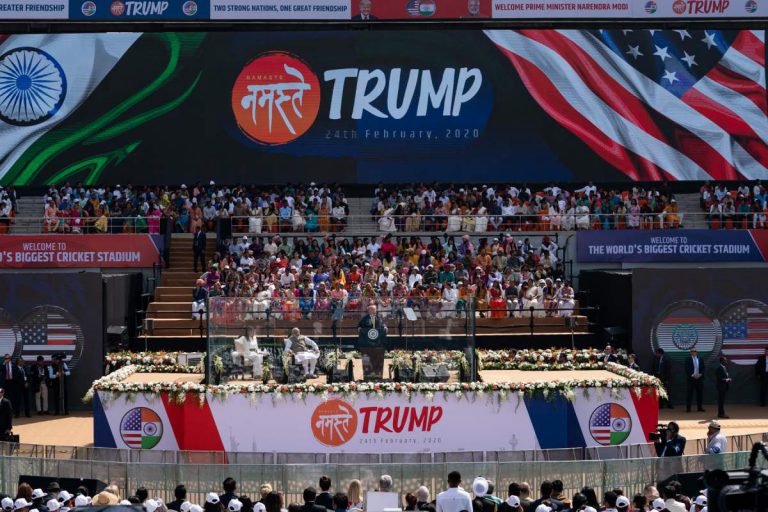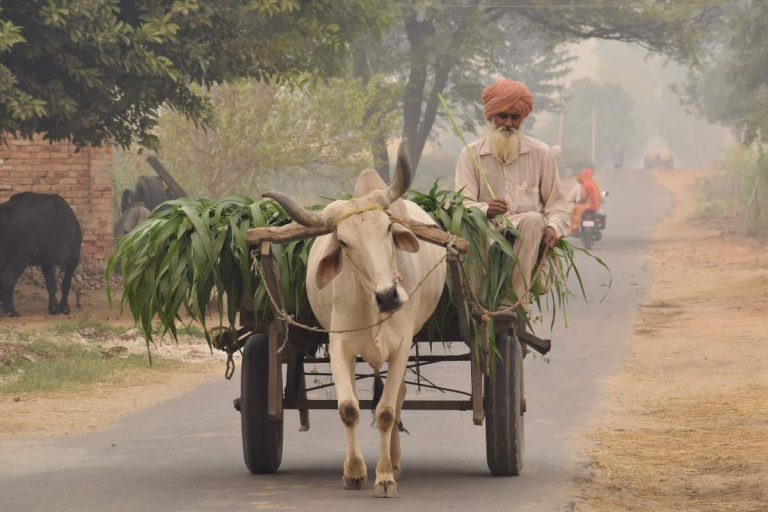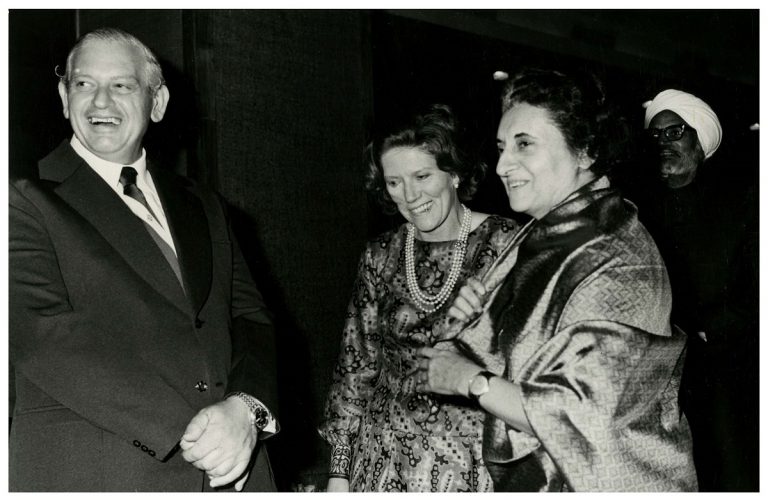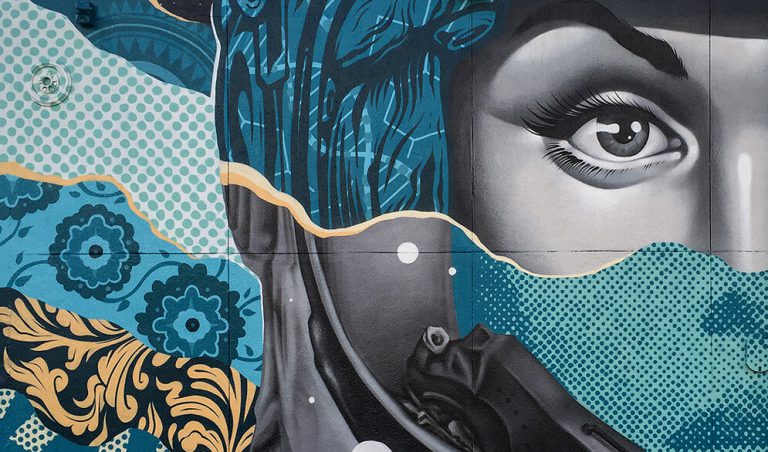India – An emerging global power

Parin is a 22 year old young soul holding various sweet little dreams in her eyes. Currently, a Masters Student in Women's Studies at Gauhati University, her passion includes singing and cooking.

India, a land of ‘unity in diversity’, where multitudinous civilizations thrived, has upheld its recognition as an independent and self-reliant nation. Belonging to the 21st century, India cannot be just identified as a territorial nation. It is a dream and a vision of innumerable souls aspiring to belong to a strong, self-reliant, powerful and developed nation. We can still recall the declaration made by the then Prime Minister of India, P.V. Narasimha Rao back in 1990-1991 that ‘our coffers are empty’. However, in 2004 Dr Manmohan Singh in his Independence Day speech remarked ‘From being a borrower, India today lends money to poorer nations.’
According to Asia week, there is a possibility that the growth of India could outstrip China’s growth and go to prove more sustainable. We have seen India making it big in global software development. In the entertainment world as well, Bollywood is no less than Hollywood. Supportive management has been provided to India to promote its intention of becoming a permanent member of the United Nations. We saw how India strongly contended for holding the Commonwealth Games and went a long way facing a strong contender like that of Canada. (Ray & Nayak, 2017) Various fundamental institutions in India, starting from an independent judiciary and a gusty free press to a minimum nuclear deterrence and a political-military are harboured by more than half a century old roots.
In the last few years, India has shown tremendous growth in various fields starting from Economy to Defense and Information Technology to Science and Technology. It has come to play an important role of leadership in politics and diplomacy. India’s annual growth rate of 6-7 per cent has been appreciated by core international institutions like that of the International Monetary Fund and World Bank. Currently, India, both economically and militarily, happens to be one of the major South Asian powers. A report released by UNCPAD gives us insights into India’s capability to challenge China economically very soon. The country at present has different types of industries. Adding to that, India happens to fall under the list of top ten hotspots for foreign investors.
India ranks second in the world, in its education realm. More than 50,00,000 students have been enrolled in higher education with universities and educational institutions earning international acclaim within a short span of time. We have certainly attained a position where we, through our mind power, can challenge the world power. We Indians are racing ahead in the realm of science and technology. Not only in the IT and BPO sectors, but we have also proved our excellence in various other diverse fields. Firms like ONGC and IOC are turning into multinational energy majors, by undergoing and experiencing investment processes overseas from Sudan to Sri Lanka. Gene therapy, genetic engineering have shown considerable progress. About 36% of Scientists, 34% of Microsoft Employees and 28% of IBM employees are Indians.
Many developing countries of Asia and Africa follow the model of elections in India. India did send its forces to different countries of the world for peacekeeping purposes. India very often shows its military capacity. We have managed to come closer to countries in the South-East Asian region, particularly after an India-ASEAN Summit, on December 22, 2003. India, Thailand and Myanmar agreed to mark the start of the first phase of the 700 million dollars project which is a 1360 km trilateral highway connecting the three countries.
However, there exist some challenges that India has in its way to emerge as a global power. Poverty, unemployment, illiteracy, healthcare, transportation etc are the internal constraints that the country has been facing. Necessary measures must be taken to give a permanent end to these problems.
- The mixed economy model that we follow must be made a balanced one. (Ray & Nayak, 2017)
- India needs to strive hard to become a manufacturing country. Emphasis can be put on setting up manufacturing industries in the near future. This would in a way save valuable foreign exchange and also go a long way to alleviate unemployment in the country.
- Again for social sector development, the budget allocation can be increased. (Chatterjee, 2020)
- The foreign affairs department needs to be strengthened, as for any country to make it big as a global power; foreign policy mechanisms need special addresses. (Chatterjee, 2020)
- External constraints include challenges for the Indian diplomacy that they may face, to contain China and Pakistan in the future. One big challenge is to bring back Nepal to a close fraternal circle. In the aftermath of the recent clashes along the LOC in the Ladakh region, China would leave no stone unturned to oppose India’s bid for permanent membership in UN Security Council and membership at other important international organizations. With the situation not getting any better, China may continue with its existing behaviours along the borders. Hence, for India, it becomes necessary that it strengthens the idea of the Quad together with the US, Japan and Australia, so that its international relations could be made stronger. (Chatterjee, 2020)
- Preparations for defence should be made immensely with more allocation in defence budgets. Indian Navy should be made capable enough so that it could help safeguard the major Indian Ocean region. Emphasis can be put on boosting its potentiality to deploy force and combat marine vessels in strategic seafronts.
- It should work on itself in such a way that it develops as a self-reliant nation in defending its national boundaries. (Chatterjee, 2020)
The dividing lines between the have and the have-nots should be alleviated as soon as possible by establishing a strong political will amongst the political class, with the bureaucracy, the corporate world and the civil society. (Ray & Nayak, 2017) In the management of the current crisis faced by the world of Novel Coronavirus, India’s diplomacy has a very different role. It did help distressed people around to a great extent and tried to settle quick and complicated queries. Thus, in the situation, in which we are i.e. the “New Normal”, India must continue contributing and play its necessary role in establishing a cohesive neighbourhood to counter all the challenges keeping its principles and ethics intact and emerge out like a blossoming sunflower in the world platform.
Featured Image: FreeIMG
Bibliography:
Chatterjee, A. (2020, 8 27). Extraordinary and Plenipotentiary Diplomatist. Retrieved from https://diplomatist.com/2020/08/27/india-as-an-emerging-global-power-challenges-and-prospects/
Ray, R., & Nayak, G. C. (2017). Perspectives on International Relations and World History. New Delhi: Kalyani Publishers.






